
Tsumago-juku: Journey Back to Edo-Era Japan
Step back in time at Tsumago-juku, a beautifully preserved Edo-era post town on the historic Nakasendo Trail in Nagano Prefecture, Japan.
Tsumago-juku is a beautifully preserved post town in Nagano Prefecture, Japan, that offers visitors a glimpse into the Edo period (1603-1868). As the 42nd of the 69 post towns along the Nakasendo Trail, which once connected Kyoto and Edo (present-day Tokyo), Tsumago-juku provides a unique experience of stepping back in time. With its meticulously restored wooden buildings, absence of modern distractions, and tranquil atmosphere, it's a must-see for those seeking to immerse themselves in Japan's rich history and culture.
A brief summary to Tsumago-juku
- Azuma, Nagiso, Azuma, Kiso District, Nagano, 399-5302, JP
- +81264-57-3123
- Visit website
- Monday 8:30 am-5 pm
- Tuesday 8:30 am-5 pm
- Wednesday 8:30 am-5 pm
- Thursday 8:30 am-5 pm
- Friday 8:30 am-5 pm
- Saturday 8:30 am-5 pm
- Sunday 8:30 am-5 pm
Local tips
- Wear comfortable shoes, as you'll be walking on cobblestone streets and potentially hiking the Magome-Tsumago trail.
- Bring cash, as some smaller shops and buses may not accept credit cards or IC cards.
- Consider visiting in spring or autumn for pleasant weather and beautiful scenery.
- Check the bus schedule in advance, as services to and from Nagiso Station are infrequent.
- Try local specialties like gohei-mochi (grilled rice cakes) and Shinshu soba (buckwheat noodles).
Getting There
-
Public Transport
The most common way to access Tsumago-juku is via train to Nagiso Station. From Tokyo, take the JR Chuo Line (Ltd. Express Azusa) to Shiojiri Station, then transfer to the JR Chuo Main Line to Nagiso Station. From Nagoya, take the JR Chuo Main Line (Ltd. Express Shinano) directly to Nagiso Station. From Nagiso Station, take a local bus bound for Hoshin or Magome. The bus ride to Tsumago-juku takes about 10 minutes. The fare is ¥300, payable in cash when you get off the bus. Note that buses cannot give change for large bills, so bring coins. Alternatively, a taxi from Nagiso Station to Tsumago-juku costs around ¥2000.
-
Walking
For a more immersive experience, consider walking from Nagiso Station to Tsumago-juku. The distance is approximately 4 km and takes about an hour along a well-marked walking trail. Follow the signs from Nagiso Station to Tsumago-juku. This scenic route allows you to soak in the natural beauty of the Kiso Valley.
-
Driving
If driving, be aware that cars are not allowed on the main street of Tsumago-juku. There are several parking lots available outside the town. Parking fees typically cost ¥500 per day. From the parking lot, it's a short walk to the town center.
Discover more about Tsumago-juku
Iconic landmarks you can’t miss
Shirayama Shrine
14.0 km
Experience the serene beauty and rich traditions of Shirayama Shrine, a peaceful Shinto shrine nestled in the heart of Nagano's scenic Kiso Valley.

Kyoto Daily Tours
43.6 km
Explore the beauty and history of Kyoto with Kyoto Daily Tours - your ultimate guide to Japan's cultural treasures.
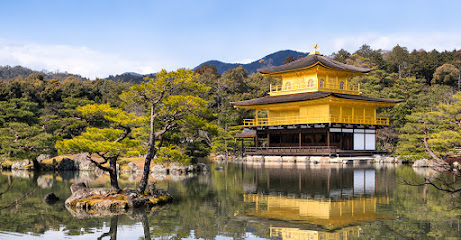
Matsudaira Tōshōgū
66.0 km
Experience the serene beauty and rich history of Matsudaira Tōshōgū, a sacred Shinto shrine nestled in the heart of Aichi Prefecture.
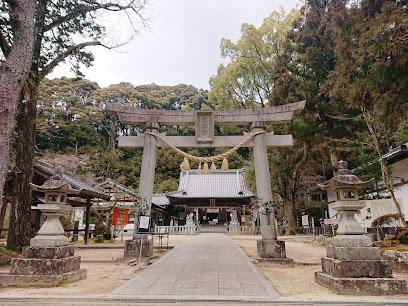
Hida Great Limestone Cave
69.1 km
Explore Japan's highest limestone cave: a 250-million-year-old subterranean world of stalactites, stalagmites, and rare geological formations.
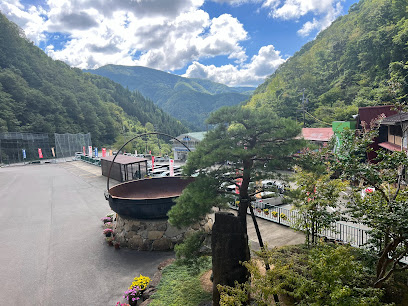
Takayama Jinya
69.5 km
Explore Japan's only remaining Edo-era government office, Takayama Jinya, and step back in time to experience feudal administration and culture.
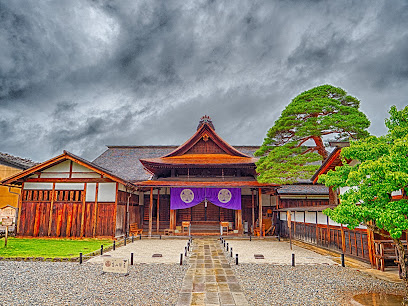
Hida no Sato Open Air Museum
69.7 km
Discover traditional Japanese architecture and rural life at Hida no Sato Open Air Museum in Takayama, featuring historic houses and craft demonstrations.
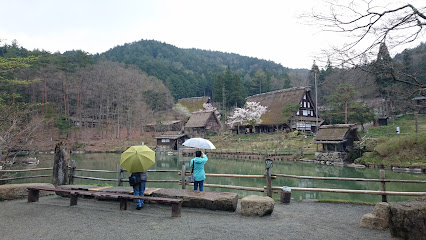
Okuōikojō Station
69.9 km
Explore the scenic beauty and cultural richness of Shizuoka from Okuikojō Station, your gateway to unforgettable experiences in rural Japan.
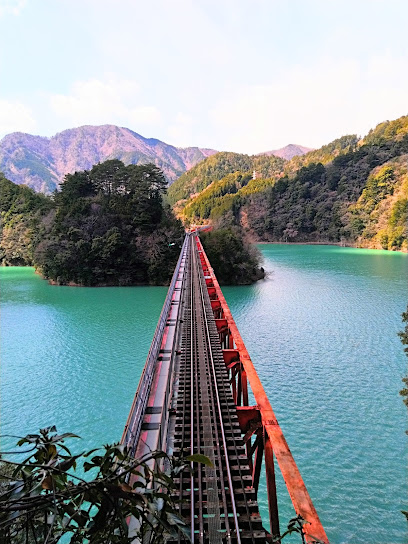
Hida Kokubunji Temple
70.1 km
Explore Hida Kokubunji Temple in Takayama: a historic landmark with a three-story pagoda and ancient ginkgo tree dating back to 746 AD.
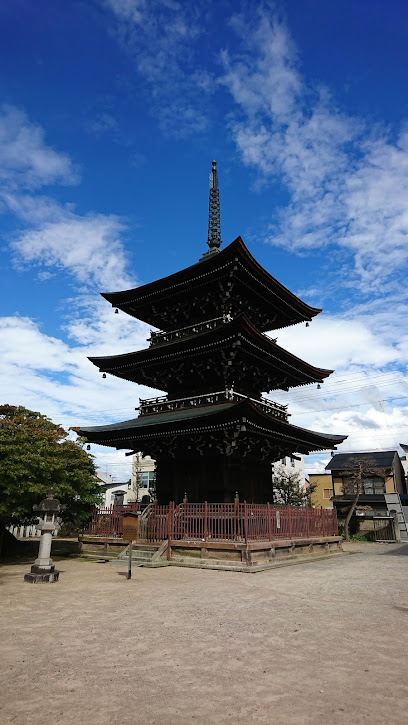
Idojiri historical landmarks park
70.1 km
Step back in time at Idojiri Historical Landmarks Park, exploring ancient Jomon culture amidst Nagano's stunning natural beauty.
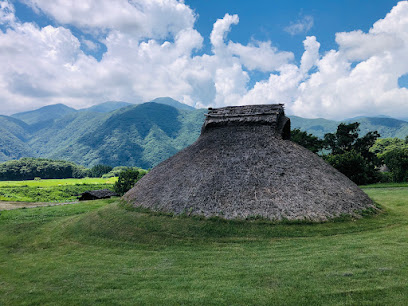
Nagoya Airport (Komaki Airport)
70.8 km
Experience regional air travel at Nagoya Airport (Komaki), a convenient gateway to central Japan with aviation history on display.
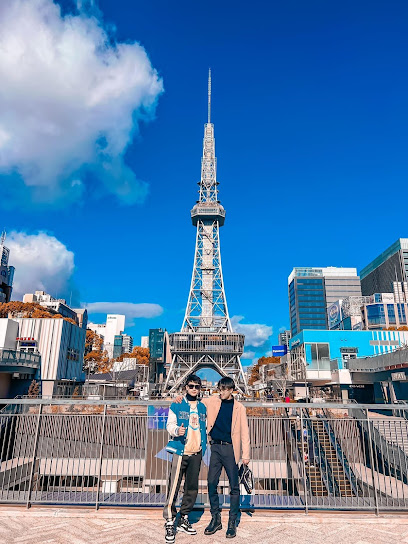
Welcome Matsumoto
72.1 km
Discover the enchanting Matsumoto, Japan, with Welcome Matsumoto – your local travel experts for unforgettable experiences.
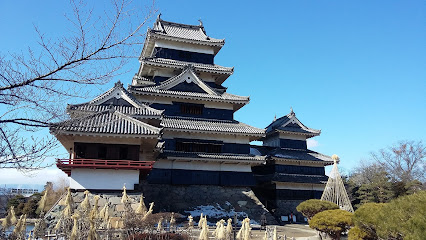
The Tokugawa Art Museum
74.3 km
Explore the Tokugawa Art Museum in Nagoya, a cultural gem showcasing the exquisite artistry of Japan's Tokugawa shogunate era.
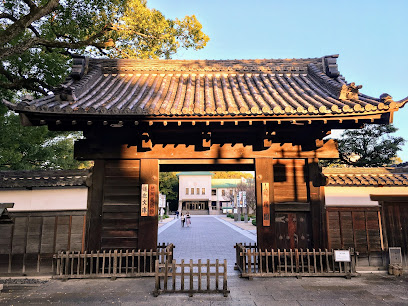
Tokugawa Park
74.4 km
Explore the captivating beauty and rich history of Tokugawa Park, Nagoya's serene garden that showcases the essence of Japanese culture.
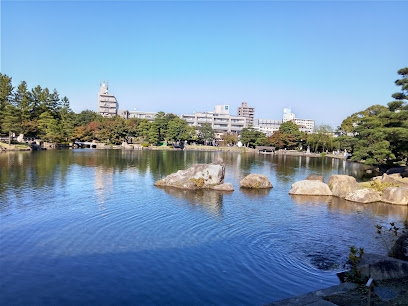
Kamikōchi
74.7 km
Discover the serene beauty of Kamikōchi, a picturesque valley in the Japanese Alps, perfect for hiking, photography, and nature exploration.
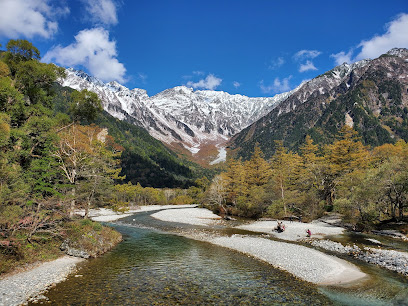
Kenchū-ji Temple
75.1 km
Experience the tranquility of Kenchū-ji Temple, a historic Buddhist sanctuary in Nagoya, where culture, architecture, and nature harmoniously unite.
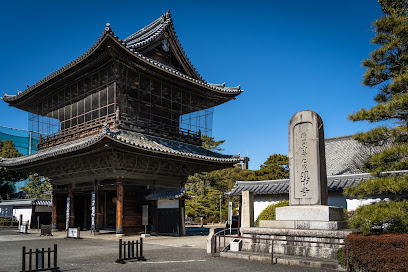
Unmissable attractions to see
Magomejuku
6.4 km
Explore Magomejuku, a historical post town in the heart of Japan's Kiso Valley, where tradition meets breathtaking natural beauty.
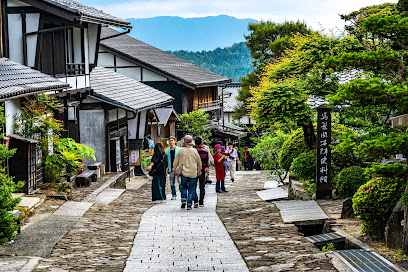
Ryujin Waterfalls
10.5 km
Experience the awe-inspiring beauty of Ryujin Waterfalls in Nakatsugawa, Gifu, a tranquil escape perfect for nature lovers and photographers.
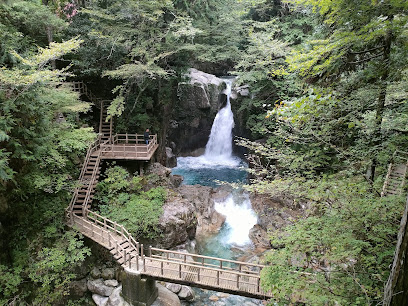
Atera Valley
10.5 km
Discover the serene beauty of Atera Valley in Nagano, Japan—your ultimate escape into nature's breathtaking landscapes.
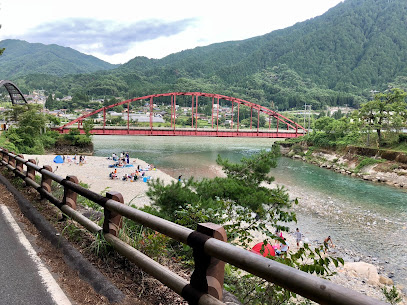
Yamamura Daikan Yashiki Museum
31.9 km
Explore the rich cultural heritage of Japan at Yamamura Daikan Yashiki Museum, a must-visit destination in Kiso, Nagano for history enthusiasts.
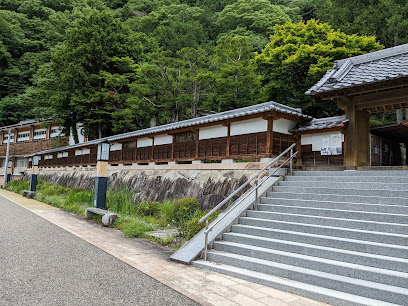
Kantenpapa Garden
39.8 km
Discover the beauty of nature at Kantenpapa Garden in Nagano, a tranquil tourist attraction perfect for relaxation and cultural experiences.
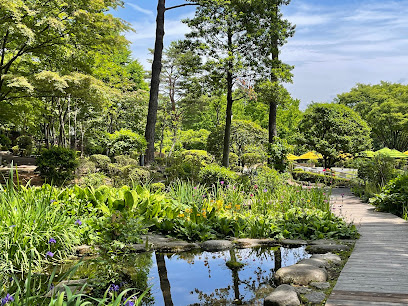
Senjin Falls
40.4 km
Experience the serene beauty of Senjin Falls in Gifu, Japan, a breathtaking waterfall oasis perfect for nature lovers and photographers alike.
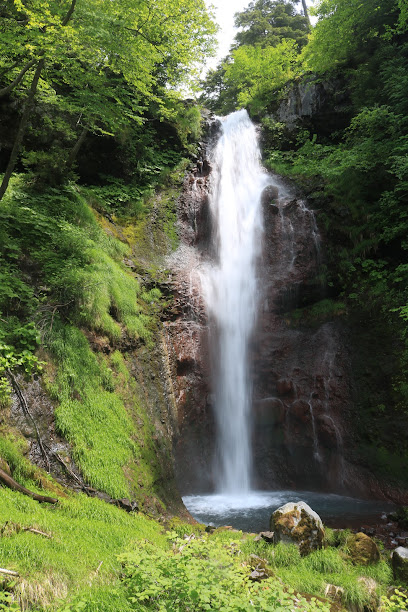
Gero Onsen Gassho-mura
40.4 km
Explore Gero Onsen Gassho-mura, an enchanting open-air museum that showcases Japan's rich cultural heritage through traditional gassho-zukuri architecture.
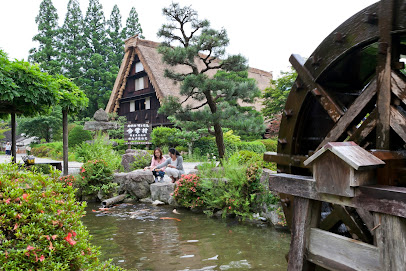
Ideyu Morning Market
40.5 km
Experience the vibrant flavors and local culture at Ideyu Morning Market in Gero, Gifu – a true gem for every food lover and traveler.
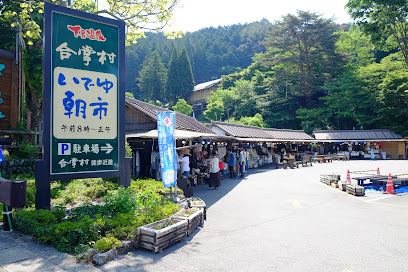
Gohou Waterfalls
40.6 km
Explore Gohou Waterfalls: A tranquil haven in Gifu, Japan, perfect for hiking and immersing in nature's beauty.
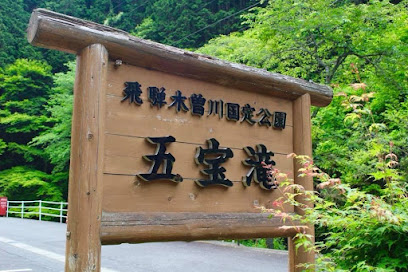
Nigorigo Hot Springs Yumotokan
40.6 km
Experience the serenity of Nigorigo Hot Springs Yumotokan, an authentic Japanese inn offering healing hot springs and exquisite traditional cuisine in Gero.

Nigorigo Hot Spring Yunotaniso
40.6 km
Experience the healing powers of nature at Nigorigo Hot Spring Yunotaniso, a traditional Japanese inn nestled in the scenic beauty of Gero, Gifu Prefecture.
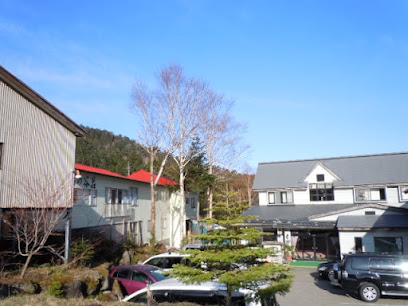
Nigorigo Hot Spring
40.7 km
Discover the serene beauty of Nigorigo Hot Spring in Gifu, where rejuvenating waters and breathtaking nature come together for a tranquil escape.
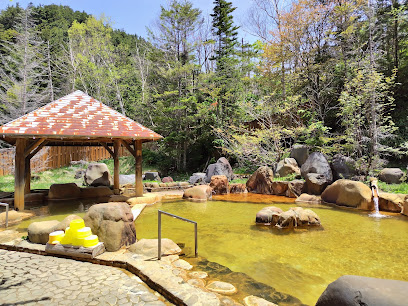
Kannon Falls
40.9 km
Experience the serene beauty of Kannon Falls, a picturesque waterfall in Gifu, perfect for nature lovers and adventure seekers alike.
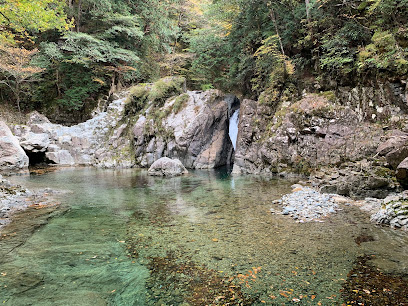
Gero Hot Spring Shrine
40.9 km
Discover the serene beauty of Gero Hot Spring Shrine, a peaceful Shinto sanctuary surrounded by nature and hot springs in Gifu Prefecture, Japan.
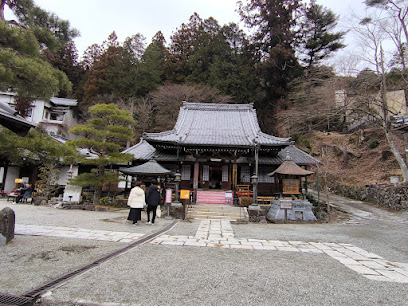
Gero Onsen Funsenchi
41.0 km
Experience relaxation and cultural immersion at Gero Onsen Funsenchi, a tranquil foot bath in the heart of Japan's famous hot spring town.
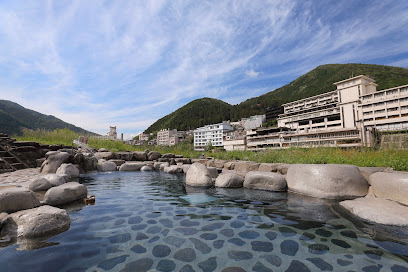
Essential places to dine
Iwananosato Kai
21.2 km
Discover authentic soba noodles at Iwananosato Kai in Nakatsugawa - a true taste of Japanese culinary tradition.
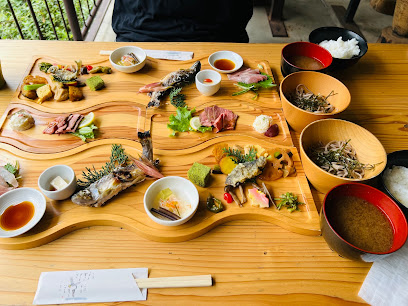
Kuma-no-shima
39.4 km
Experience authentic Japanese cuisine at Kuma-no-shima in Gifu, where tradition meets flavor in every delightful dish.
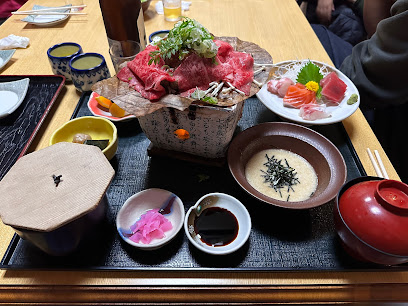
Resort Restaurant+Tapas Bar 桜 & 桜 River Side Stay Gero Onsen
41.1 km
Experience exquisite Western cuisine at Sakura Restaurant & Tapas Bar by the serene riverside in Gero Onsen - where culinary delight meets natural beauty.
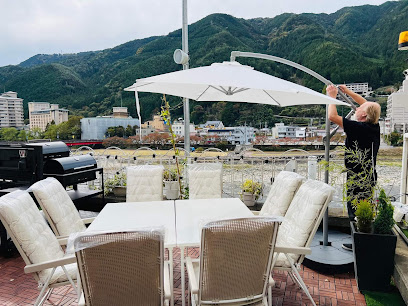
Restaurant kura
47.4 km
Experience authentic Japanese cuisine at Restaurant Kura in Narai, where tradition meets flavor in every dish.
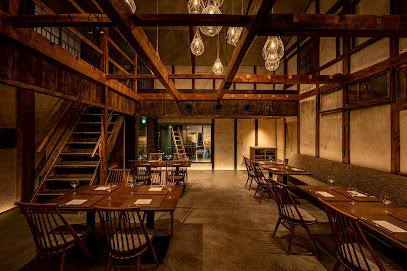
Tenkichi
62.8 km
Experience authentic Japanese dining at Tenkichi in Kasugai - savor delicious Teishoku meals in a cozy atmosphere.

Hida Premium Beef Sushi
69.5 km
Savor the extraordinary fusion of premium Hida beef and traditional sushi in Takayama's culinary hotspot.
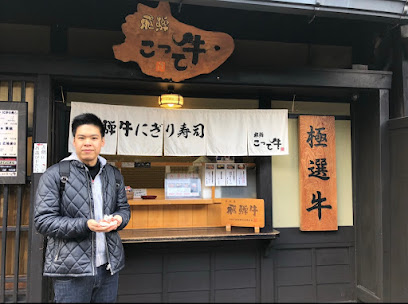
Hida Beef Curry House
69.6 km
Experience authentic Japanese cuisine at Hida Beef Curry House in Takayama, renowned for its exquisite Hida beef curry and warm atmosphere.
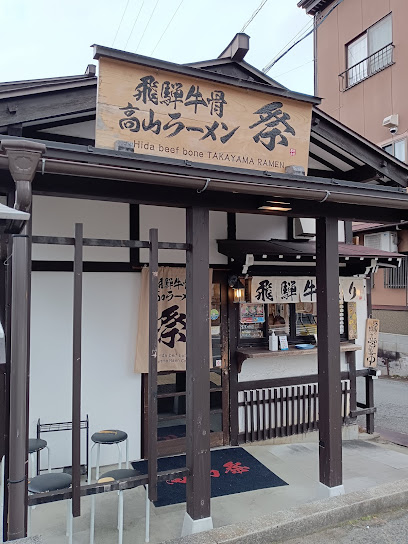
Kitchen Hida
69.6 km
Experience culinary perfection at Kitchen Hida, where premium Japanese steaks meet exceptional service in Takayama's vibrant dining scene.
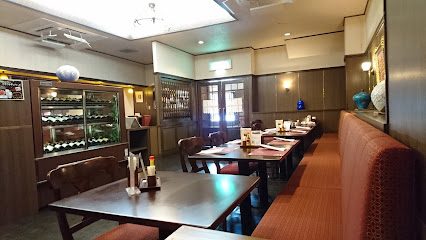
Le Midi
69.6 km
Experience exquisite French dining at Le Midi in Takayama, where classic flavors meet modern culinary artistry.

Hida Kotte Ushi
69.7 km
Discover authentic sushi at Hida Kotte Ushi in Takayama, where tradition meets freshness in every delicious bite.
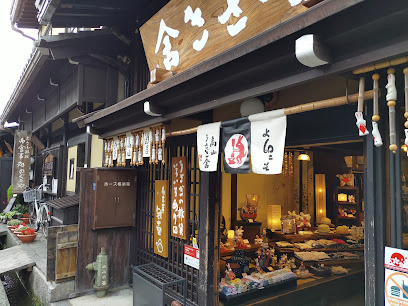
Umamiya
69.8 km
Experience authentic Japanese cuisine at Umamiya in Takayama - savor delicious ramen, udon, and traditional meat dishes in a cozy setting.
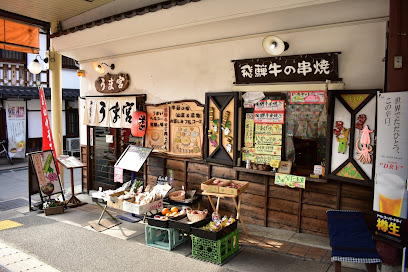
Takuma
69.9 km
Experience the essence of Yakiniku dining at Takuma in Takayama – where quality meets tradition in every bite.

Suzuya Restaurant
69.9 km
Experience authentic Japanese regional cuisine at Suzuya Restaurant in Takayama – where tradition meets culinary excellence.
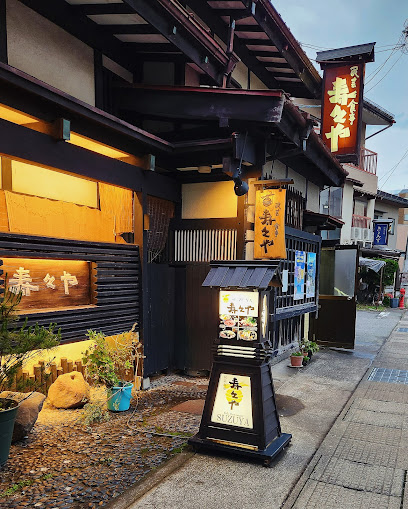
Mikado
69.9 km
Experience authentic Japanese flavors at Mikado in Takayama – renowned for its exquisite tonkatsu and inviting atmosphere.
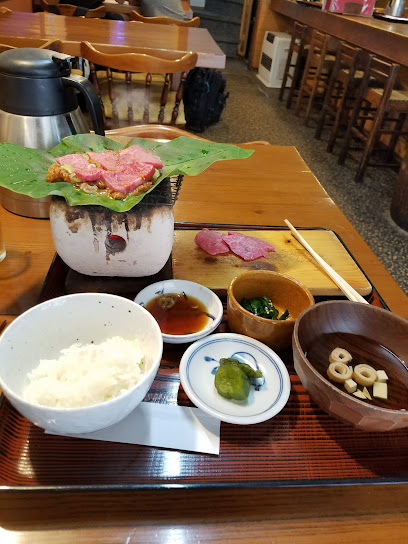
Matsuki-Ushi
70.1 km
Experience authentic Japanese cuisine at Matsuki-Ushi in Takayama – where every dish tells a story of tradition and flavor.
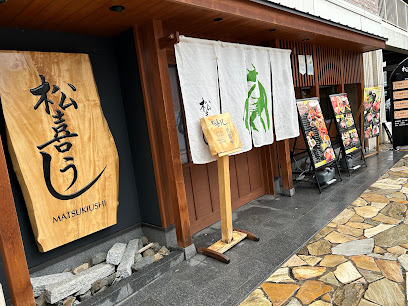
Markets, malls and hidden boutiques
TOKI PREMIUM OUTLETS
47.0 km
Discover unbeatable deals and a delightful shopping atmosphere at TOKI PREMIUM OUTLETS, the premier outlet destination in Toki, Gifu, Japan.

ますきち -宿泊・喫茶・土産・案内-
59.4 km
Discover the charm of traditional Japanese hospitality at Masukichi, a unique inn with a café and chinaware store in Seto.
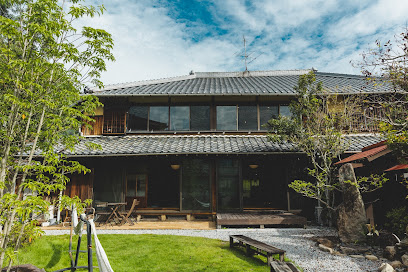
Goods From Japan
61.5 km
Explore Goods From Japan in Seto, Aichi, for unique souvenirs and authentic Japanese crafts that embody the country's rich artistic heritage.

Watts Owari Seto Gyomu Super Store
61.7 km
Explore a unique shopping experience at Watts Owari Seto Gyomu Super Store, where affordability meets variety in Aichi, Japan.

Farmers Market Gupi Hiroba
62.0 km
Discover the flavors of Kasugai at Farmers Market Gupi Hiroba - a vibrant hub for fresh produce, local delicacies, and unique crafts.

Hard Off Owariasahi
64.1 km
Discover hidden gems and sustainable shopping at Hard Off Owariasahi, Aichi's premier second-hand store offering an eclectic selection of pre-loved treasures.

Alps Kaido Hirayu
68.3 km
Discover unique Japanese souvenirs at Alps Kaido Hirayu, nestled in the scenic Okuhida Onsengo Hirayu, perfect for capturing memories of your travels.
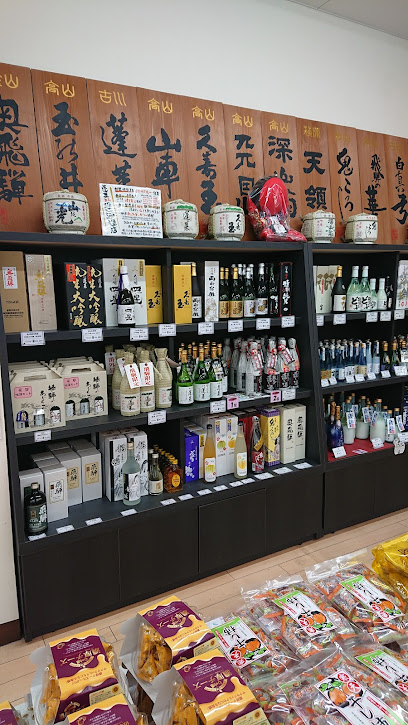
Book Off Okaya Wakamiya
68.4 km
Explore a vast collection of used books at Book Off Okaya Wakamiya, a treasure trove for bibliophiles in Nagano. Affordable prices and hidden gems await!

Ogino Chino
68.7 km
Experience authentic Japanese shopping at Ogino Chino, a vibrant supermarket with a variety of local produce, snacks, and essential goods in Nagano.
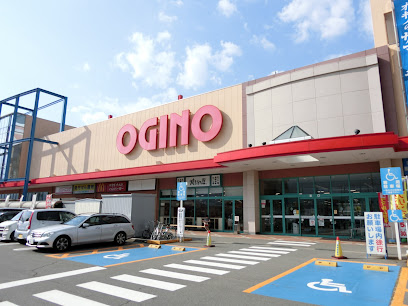
Frespo Hida Takayama
69.0 km
Discover the essence of Takayama at Frespo Hida Takayama, a vibrant shopping mall offering local crafts, culinary delights, and cultural events.

Hida no Kagukan
69.1 km
Discover the charm of Hida no Kagukan in Takayama, where exquisite craftsmanship meets a cozy café atmosphere for a delightful shopping experience.
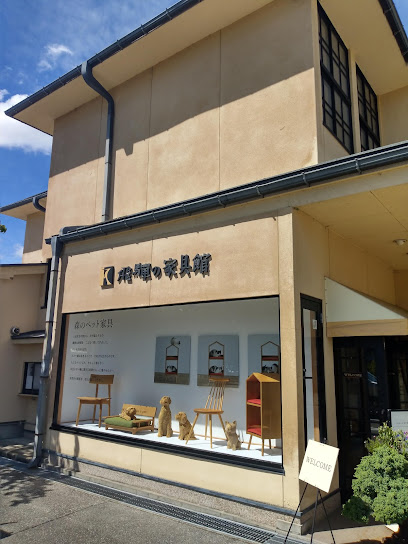
Hida The Outlet
69.1 km
Explore Hida The Outlet in Takayama for quality furniture and unique decor at unbeatable prices.

Otakaraichibankan Owarikomakiten
69.6 km
Explore the eclectic treasures of Otakaraichibankan Owarikomakiten in Komaki, Aichi—a vintage haven for unique finds and nostalgic collectibles.

大野屋 Dots & Roses
69.7 km
Explore the unique blend of traditional craftsmanship and modern fashion at 大野屋 Dots & Roses in Takayama, a must-visit clothing store for tourists.

Sangawaya Keyakiten
69.7 km
Discover unique handcrafted souvenirs and local liquors at Sangawaya Keyakiten in the heart of Takayama's Kamisannomachi district.
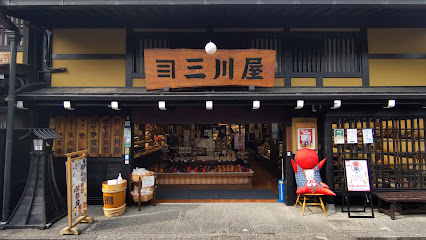
Essential bars & hidden hideouts
Bar Mountain Box Norikura
60.7 km
Discover the charm of Bar Mountain Box Norikura, a cozy bar in the stunning Nagano Alps offering a unique selection of local drinks and breathtaking views.
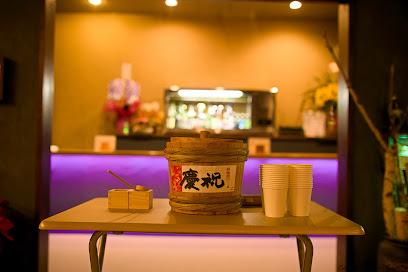
酒蔵bar
68.4 km
Discover the exquisite world of Japanese sake at 酒蔵bar in Takayama, where tradition meets taste in a cozy atmosphere.
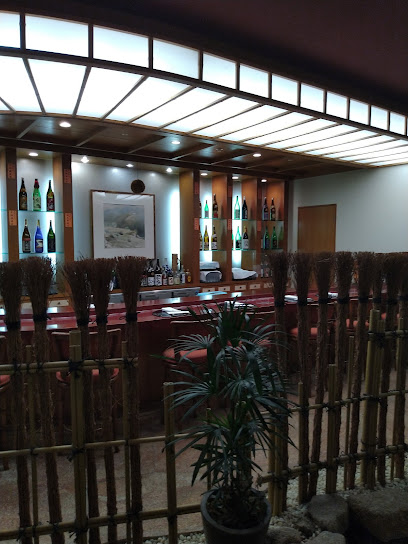
Crepes & Wine Hanchikutei
69.4 km
Discover the perfect blend of homemade crêpes and fine wines at Crepes & Wine Hanchikutei, a must-visit spot in Takayama.
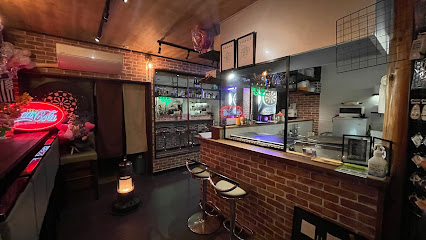
PURPLE PLUS パープルプラス
69.5 km
Discover the vibrant ambiance and exceptional drinks at PURPLE PLUS, a must-visit bar and café in the heart of Takayama, Japan.
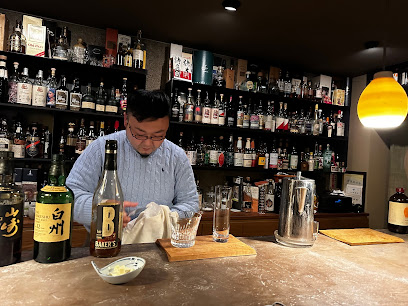
Sakedokoro Tamotsu
69.7 km
Experience the finest sake in Takayama at Sakedokoro Tamotsu, where tradition meets taste in a cozy setting.
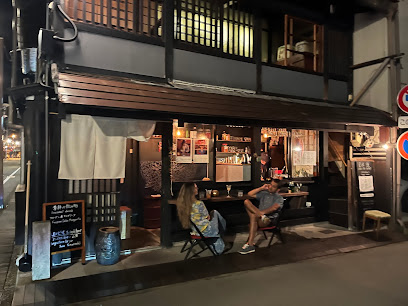
Bar Rabbit Hole
69.7 km
Discover the cozy charm of Bar Rabbit Hole in Takayama, where expertly crafted cocktails and a welcoming atmosphere await every visitor.
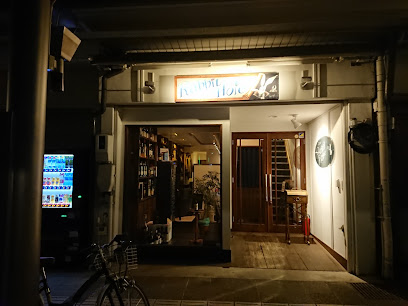
Botchini
69.8 km
Discover the charm of Botchini, a cozy bar in Takayama, serving local delights and exquisite drinks in a warm atmosphere.
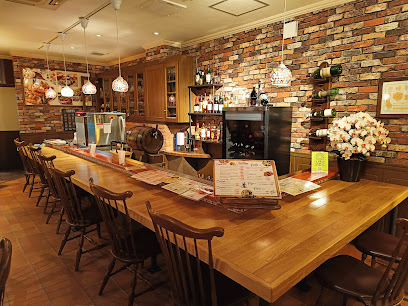
Dining Bar YZ
69.8 km
Experience modern izakaya dining at Dining Bar YZ in Takayama, where traditional flavors meet contemporary ambiance for an unforgettable night out.
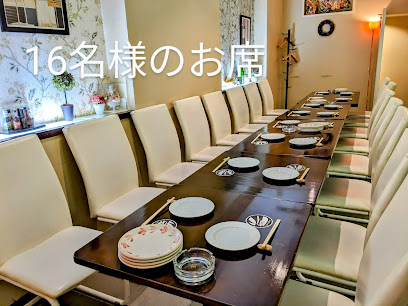
Hids' cafe & bar
69.9 km
Experience the unique blend of café culture and bar vibes at Hids' Cafe & Bar, a must-visit spot in the heart of Takayama.
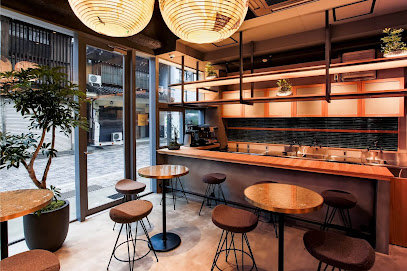
Bar Mellow
70.0 km
Experience the heart of Takayama's nightlife at Bar Mellow, where local flavors and a vibrant atmosphere come together for an unforgettable night out.

BAR ZILCH
70.0 km
Experience the vibrant nightlife of Takayama at Bar Zilch, a cozy bar offering unique drinks and a friendly atmosphere for all visitors.
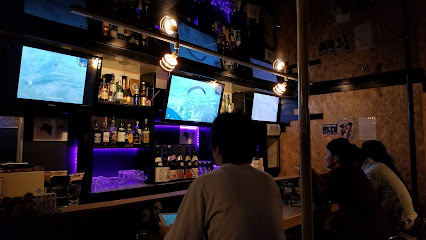
Dekonaru Yokochō
70.0 km
Discover the vibrant flavors of Japan at Dekonaru Yokochō, a must-visit hawker stall in Takayama for an authentic culinary experience.
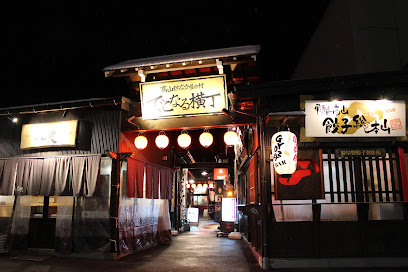
Yu
70.0 km
Discover Yu in Takayama, where expertly crafted cocktails meet a cozy ambiance, perfect for a memorable night out.
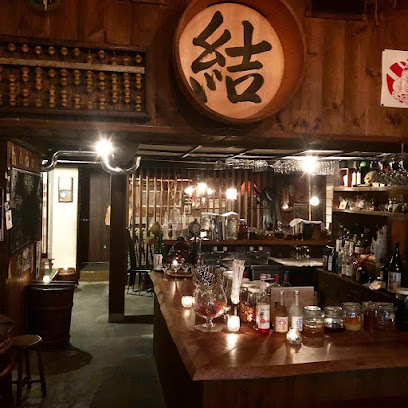
BAR HangOut
70.0 km
Discover Takayama's vibrant nightlife at BAR HangOut, where great drinks and a cozy atmosphere await you.
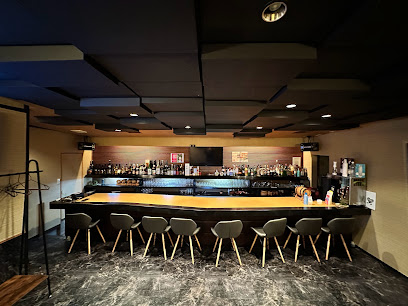
moon tap beer
70.0 km
Experience the best of Takayama's craft beer scene at Moon Tap Beer, where local flavors and a cozy atmosphere await you.




